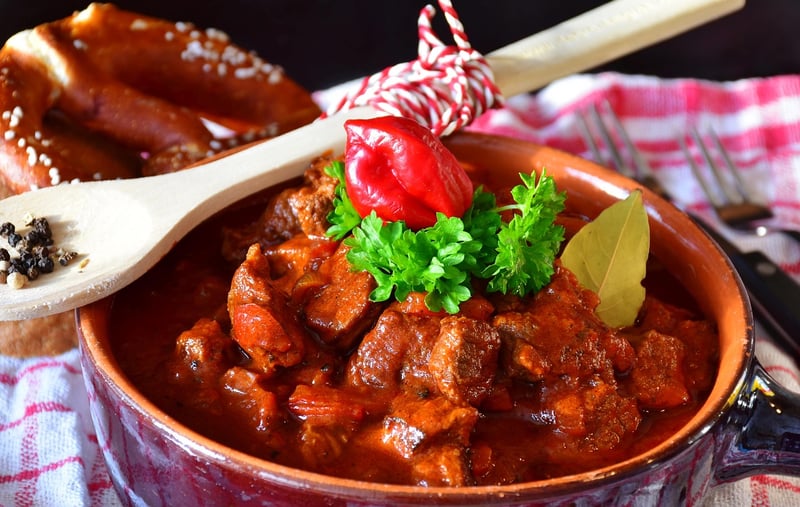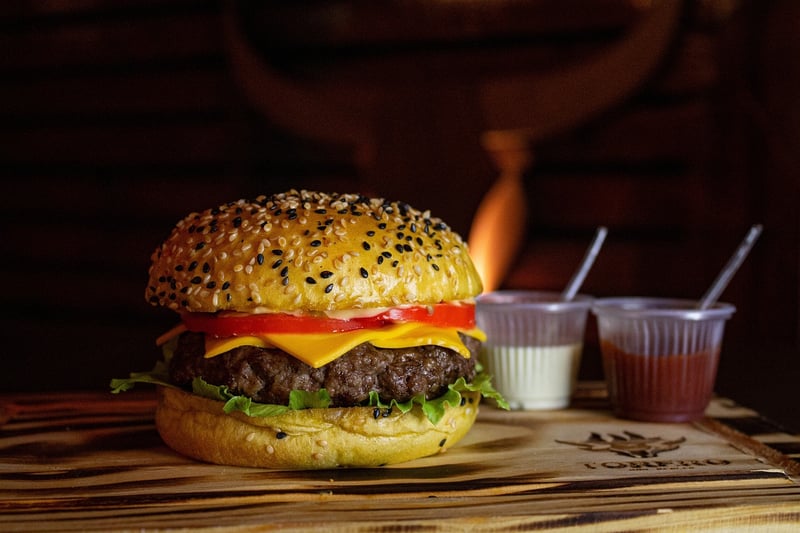Food History
Immerse in Global Culinary Traditions and Food History
Exploring the world through its diverse culinary traditions offers a fascinating journey into different cultures, histories, and flavors. From the spicy street food of Thailand to the hearty stews of Ireland, each region boasts a unique gastronomic heritage that reflects its people and environment.
Asia
Asian cuisine is a colorful tapestry of flavors and techniques. From the sushi of Japan to the curry of India, each country in Asia has its own distinct culinary identity. The use of fresh ingredients, aromatic spices, and intricate cooking methods defines Asian cooking.

Europe
Europe is a melting pot of culinary traditions, influenced by centuries of trade and migration. From the pasta of Italy to the pastries of France, European cuisine is rich in history and flavor. Each region has its specialties, from the hearty sausages of Germany to the delicate pastries of Austria.

Africa
African cuisine is as diverse as the continent itself, with each region offering its own unique dishes and flavors. From the spicy tagines of Morocco to the savory stews of Nigeria, African food is a celebration of local ingredients and communal dining traditions.

The Americas
The Americas are a culinary mosaic, blending indigenous ingredients with influences from around the world. From the ceviche of Peru to the barbecue of the Southern United States, American cuisine is a reflection of the continent's diverse history and people.

Food History
Understanding the history of food provides insights into how civilizations developed, traded, and interacted with each other. From the ancient spice routes that connected Asia and Europe to the impact of colonization on indigenous cuisines, food history is a window into the past.
Exploring global culinary traditions and food history is not just about tasting new flavors but also about understanding the stories and traditions that have shaped societies around the world.
